通过yiic.php自动创建一个应用后,入口文件初始代码如下:
|
1
2
3
4
5
6
7
8
9
10
|
<?php// change the following paths if necessary$yii=dirname(__FILE__).'/../yii/framework/yii.php';// remove the following lines when in production modedefined('YII_DEBUG') or define('YII_DEBUG',true);// specify how many levels of call stack should be shown in each log messagedefined('YII_TRACE_LEVEL') or define('YII_TRACE_LEVEL',3);require_once($yii); |
其中第三行引入了一个yii.php的文件,这个可以在yii核心目录里的framework/下找到,这个文件中定义了一个Yii类,并且继承了YiiBase类。
代码如下
|
1
2
3
4
5
6
7
8
9
10
11
12
13
14
15
|
require(dirname(__FILE__).'/YiiBase.php'); /** * Yii is a helper class serving common framework functionalities. * * It encapsulates {@link YiiBase} which provides the actual implementation. * By writing your own Yii class, you can customize some functionalities of YiiBase. * * @author Qiang Xue <qiang.xue@gmail.com> * @package system * @since 1.0 */class Yii extends YiiBase{} |
而
|
1
|
Yii::createWebApplication |
这个方法实际上是在YiiBase父类中定义的,所以,Yii为我们预留了扩展的可能。我们只需要在yii.php中添加我们想要扩展的方法即可,在项目中直接使用 Yii::方法名() 调用。
为了将项目代码和核心目录完全分离,我个人觉得在项目目录下使用另外一个yii.php来替代从核心目录中包含yii.php更加好。
这里我用了更加极端的方法,我直接将yii这个类定义在了入口文件,并扩展了一个全局工厂函数 instance()方法,请看代码:
|
1
2
3
4
5
6
7
8
9
10
11
12
13
14
15
16
17
18
19
20
21
22
23
24
25
|
<?php// change the following paths if necessary$yii=dirname(__FILE__).'/../yii/framework/YiiBase.php';$config=dirname(__FILE__).'/protected/config/main.php';// remove the following lines when in production modedefined('YII_DEBUG') or define('YII_DEBUG',true);// specify how many levels of call stack should be shown in each log messagedefined('YII_TRACE_LEVEL') or define('YII_TRACE_LEVEL',3);require_once($yii);//扩展基类class Yii extends YiiBase{ /** * 全局扩展方法:工厂函数 * @param type $alias 类库别名 */ static function instance($alias){ static $_class_ = array(); $key = md5($alias); if(!isset($_class_[$key])){ } return $_class_[$key]; }}Yii::createWebApplication($config)->run(); |
这个类是在最后一行Yii::createWebApplication()之前定义的,以保证Yii类能正常使用(不要把这个类放在文件末尾,会出错。)
在项目中任何地方,使用$obj = Yii::instance($alias);去实例化一个类,并且是单例模式。
YiiBase中的两个比较重要的方法 (import,autoload)
然后看看YiiBase中的import方法就知道这些静态变量是干嘛用的了:
|
1
2
3
4
5
6
7
8
9
10
11
12
13
14
15
16
17
18
19
20
21
22
23
24
25
26
27
28
29
30
31
32
33
34
35
36
37
38
39
40
41
42
43
44
45
46
47
48
49
50
51
52
53
54
55
56
57
58
59
60
61
62
63
64
65
66
67
68
69
70
71
72
73
74
75
76
77
78
79
80
81
82
83
84
85
86
87
88
|
/* Yii::import()* $alias: 要导入的类名或路径* $forceInclude false:只导入不include类文件,true则导入并include类文件*/ public static function import($alias, $forceInclude = false){ //Yii把所有的依赖放入到这个全局的$_imports数组中,名字不能重复 //如果当前依赖已经被引入过了,那么直接返回 if (isset(self::$_imports[$alias])) { return self::$_imports[$alias]; } //class_exists和interface_exists方法的第二个参数的值为false表示不autoload if (class_exists($alias, false) || interface_exists($alias, false)) { return self::$_imports[$alias] = $alias; } //如果传进来的是一个php5.3版本的命名空间格式的类(例如:abc.php) if (($pos = strrpos($alias, '\')) !== false) { //$namespace = a.b $namespace = str_replace('\', '.', ltrim(substr($alias, 0, $pos), '\')); //判断a.b这个路径是否存在,或者a.b只是alias里面的一个键,调用该方法返回这个键对应的值,比如'email' => realpath(__DIR__ . '/../vendor/cornernote/yii-email-module/email') if (($path = self::getPathOfAlias($namespace)) !== false) { $classFile = $path . DIRECTORY_SEPARATOR . substr($alias, $pos + 1) . '.php'; if ($forceInclude) { if (is_file($classFile)) { require($classFile); } else { throw new CException(Yii::t('yii', 'Alias "{alias}" is invalid. Make sure it points to an existing PHP file and the file is readable.', array('{alias}' => $alias))); } self::$_imports[$alias] = $alias; } else { self::$classMap[$alias] = $classFile; } return $alias; } else { // try to autoload the class with an autoloader if (class_exists($alias, true)) { return self::$_imports[$alias] = $alias; } else { throw new CException(Yii::t('yii', 'Alias "{alias}" is invalid. Make sure it points to an existing directory or file.', array('{alias}' => $namespace))); } } } if (($pos = strrpos($alias, '.')) === false) // a simple class name { // try to autoload the class with an autoloader if $forceInclude is true if ($forceInclude && (Yii::autoload($alias, true) || class_exists($alias, true))) { self::$_imports[$alias] = $alias; } return $alias; } $className = (string)substr($alias, $pos + 1); $isClass = $className !== '*'; if ($isClass && (class_exists($className, false) || interface_exists($className, false))) { return self::$_imports[$alias] = $className; } if (($path = self::getPathOfAlias($alias)) !== false) { if ($isClass) { if ($forceInclude) { if (is_file($path . '.php')) { require($path . '.php'); } else { throw new CException(Yii::t('yii', 'Alias "{alias}" is invalid. Make sure it points to an existing PHP file and the file is readable.', array('{alias}' => $alias))); } self::$_imports[$alias] = $className; } else { self::$classMap[$className] = $path . '.php'; } return $className; } // $alias是'system.web.*'这样的已*结尾的路径,将路径加到include_path中 else // a directory { if (self::$_includePaths === null) { if (($pos = array_search('.', self::$_includePaths, true)) !== false) { unset(self::$_includePaths[$pos]); } } array_unshift(self::$_includePaths, $path); if (self::$enableIncludePath && set_include_path('.' . PATH_SEPARATOR . implode(PATH_SEPARATOR, self::$_includePaths)) === false) { self::$enableIncludePath = false; } return self::$_imports[$alias] = $path; } } else { throw new CException(Yii::t('yii', 'Alias "{alias}" is invalid. Make sure it points to an existing directory or file.', array('{alias}' => $alias))); } } |
是的,上面这个方法最后就把要加载的东西都放到$_imports,$_includePaths中去了。这就是Yii的import方法,好的,接下来我们看看autoload方法:
|
1
2
3
4
5
6
7
8
9
10
11
12
13
14
15
16
17
18
19
20
21
22
23
24
25
26
27
28
29
30
31
32
33
34
35
|
public static function autoload($className, $classMapOnly = false){ // use include so that the error PHP file may appear if (isset(self::$classMap[$className])) { include(self::$classMap[$className]); } elseif (isset(self::$_coreClasses[$className])) { include(YII_PATH . self::$_coreClasses[$className]); } elseif ($classMapOnly) { return false; } else { // include class file relying on include_path if (strpos($className, '\') === false) // class without namespace { if (self::$enableIncludePath === false) { foreach (self::$_includePaths as $path) { $classFile = $path . DIRECTORY_SEPARATOR . $className . '.php'; if (is_file($classFile)) { include($classFile); if (YII_DEBUG && basename(realpath($classFile)) !== $className . '.php') { throw new CException(Yii::t('yii', 'Class name "{class}" does not match class file "{file}".', array( '{class}' => $className, '{file}' => $classFile, ))); } break; } } } else { include($className . '.php'); } } else // class name with namespace in PHP 5.3 { $namespace = str_replace('\', '.', ltrim($className, '\')); if (($path = self::getPathOfAlias($namespace)) !== false) { include($path . '.php'); } else { return false; } } |
return class_exists($className, false) || interface_exists($className, false); } return true;}
config文件中的 import 项里的类或路径在脚本启动中会被自动导入。用户应用里个别类需要引入的类可以在类定义前加入 Yii::import() 语句。
联系信息:邮箱aoxolcom@163.com或见网站底部。




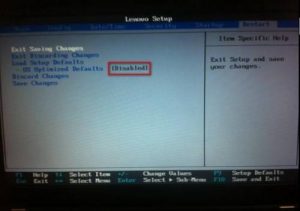
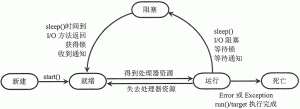


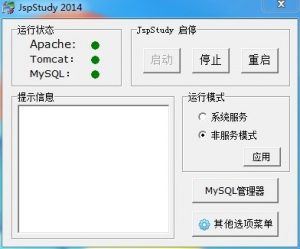
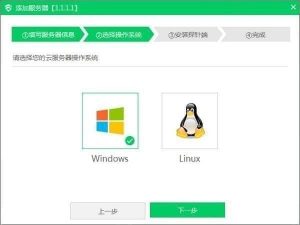
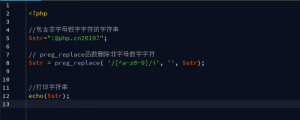

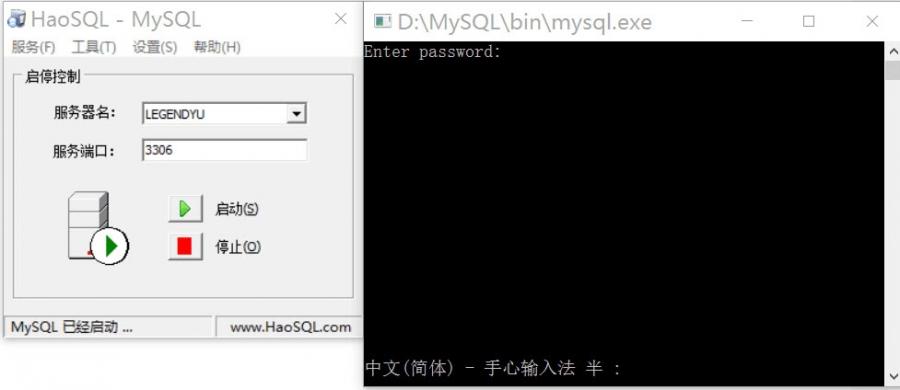


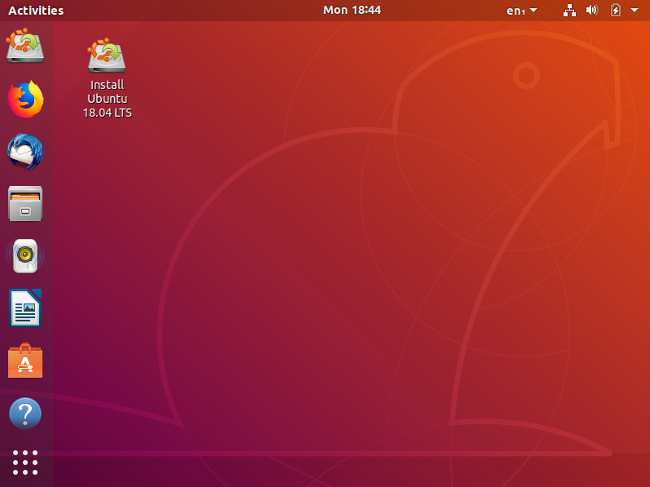
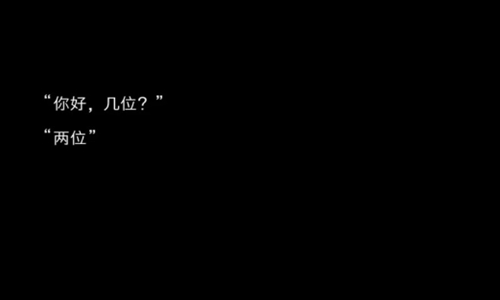


请登录后发表评论
注册
社交帐号登录